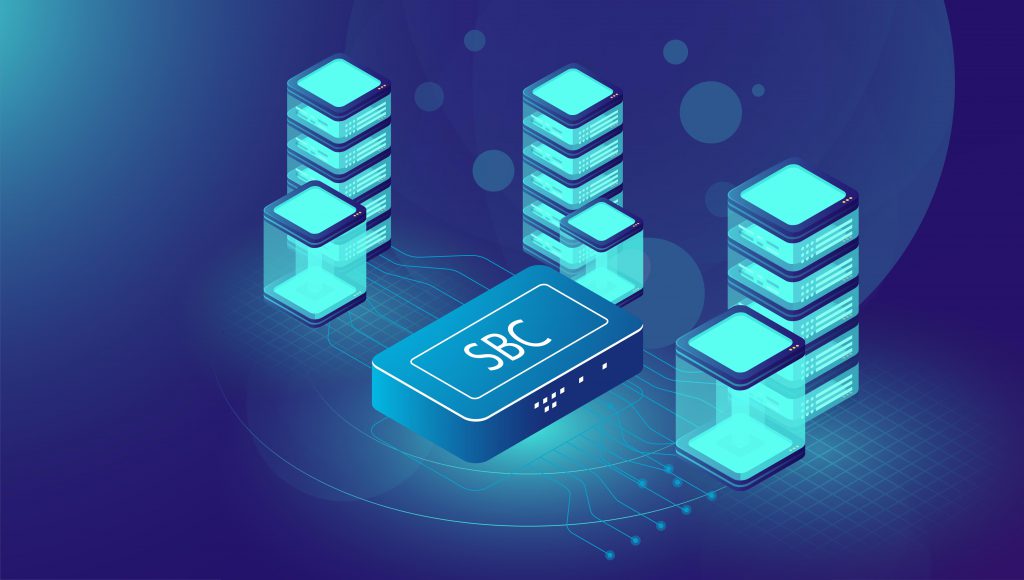Agricultural drones, also known as agricultural unmanned aerial vehicles (UAVs) or drones for agriculture, are drones designed for use in agriculture and farming. They are utilized for functions like crop monitoring, spraying, and analyzing farmland. These drones come equipped with cameras, sensors, and attachments to help farmers monitor crop growth, scout for issues, and spray fertilizers or pesticides more efficiently.
Benefits
Crop Monitoring and Health Analysis
One of the key uses of Agricultural drones is to monitor crop health and growth over time. Farmers can attach multispectral and thermal cameras to drones to capture images of fields and analyze factors like crop vigor, moisture levels, signs of disease and nutrient deficiencies. By capturing images periodically, farmers can monitor changes in crop conditions over time and detect issues early before significant damage occurs. This remote sensing and crop analysis helps farmers intervene proactively using targeted treatments.
Precision Spraying
Applying fertilizers and pesticides uniformly across large fields can be challenging for farmers. Agricultural drones help overcome this issue through precision spraying capabilities. Drones equipped with spray tanks and attachable nozzles allow for site-specific and on-demand spraying. Only the problem areas are sprayed based on analysis from crop monitoring, avoiding over application of chemicals. This precision spraying saves input costs for farmers and reduces pollution risks.
Aerial Scouting and Field Analysis
Drones make it easier for farmers to thoroughly inspect fields from an aerial view. Fixed-wing and multirotor drones equipped with cameras are utilized to survey fields, identify problem spots, and analyze field conditions. Aerial footage and images captured by drones help farmers identify issues like disease, insect infestations, soil variations, flooding and damage from extreme weather. Drones help cover larger areas quickly compared to manual ground scouting.
Cost Savings and Increased Efficiency
Utilizing drones for various farming tasks provides substantial cost and time savings for farmers. Monitoring crop health and yields using drones is more affordable than deploying teams on farm vehicles or renting aerial imagery. Precision spraying with drones also reduces agrochemical usage and waste. Drones enable analyzing larger acreage in shorter periods. The labor required for manual scouting and spraying is significantly reduced. Overall, agricultural drones boost efficiency and productivity, benefiting farm operations.
Challenges and Mitigation Strategies
Equipment Costs
One of the major limitations currently is the upfront investment required to purchase an agricultural drone system. While drone costs are declining over time, the multispectral/thermal cameras, attachable tools and additional components required for agriculture add to expenses. However, the returns on investment through productivity gains and input savings help offset these costs eventually for farmers.
Weather Limitations
Adverse weather conditions like high winds, heavy rain or snow present operational challenges for drones. Most agricultural applications require stable drone flights and good visibility. To address this, researchers are working on drones with better stability in windy conditions as well as infrastructure for indoor farming applications using drones.
Data Management and Analytics
The large volume of images, video and sensor data captured by agricultural drones every season requires substantial storage and processing. Advanced analytics are required to interpret drone data and convert them into actionable insights. While computing technologies are advancing rapidly, data management and analytics remains an area requiring ongoing improvements for maximum benefits.
Regulations and Compliance
Drones are increasingly regulated for safe operations by governments worldwide. Requirements around licensing, pilot certification, flights over people and restricted areas need monitoring by farmers. Regulations are evolving as drone usage expands. Close cooperation between farmers, drone manufacturers and authorities helps all parties, enabling compliance.
Future Application Areas
Precision Seeding and Planting
Research is ongoing to develop drones equipped to sow seeds and seedlings with precision over fields. Thisautomated method aims to replace manual broadcasting, facilitating optimized plant spacing and population control. Precise seeding/planting drones could be game changing for certain crops.
Livestock Monitoring
Just as drones help monitor crops, they are also being tested to keep watch over livestock for tasks like herd management, disease/injury detection and documenting animal behavior. Thermal and infrared camera drones may help track animal health remotely around the clock.
Orchards and Vineyards
The controlled environments of orchards and vineyards are well suited for drone applications like tree/vine stock assessment, ripening monitoring, precision spraying and pollination. More specialized drones are being designed to support precision agriculture needs of orchards and vineyards.
Overall, agricultural drones are revolutionizing modern farming practices by bringing unprecedented advantages in crop management. With ongoing technological improvements and adoption strategies to address current limitations, drones are undoubtedly the future of precision agriculture
*Note:
1. Source: Coherent Market Insights, Public sources, Desk research
2. We have leveraged AI tools to mine information and compile it



